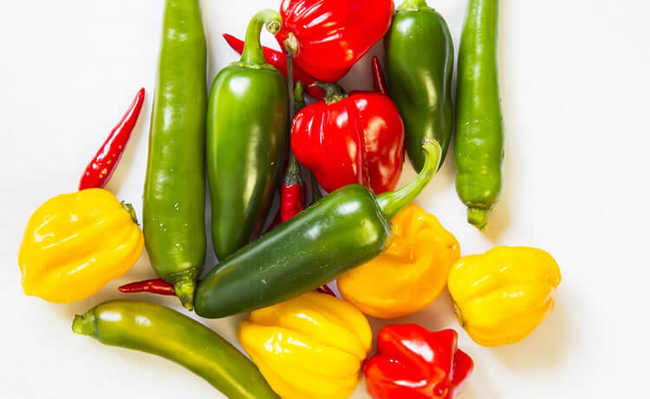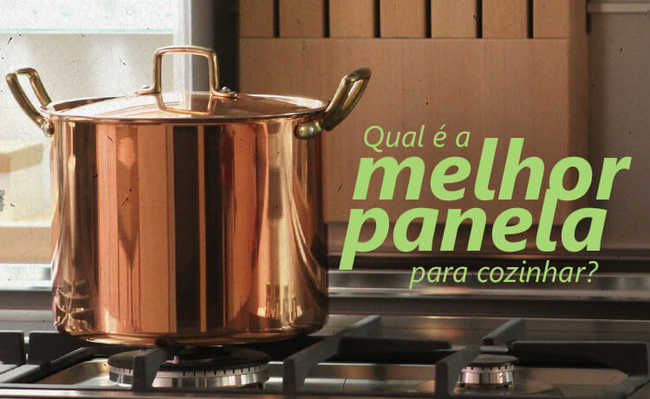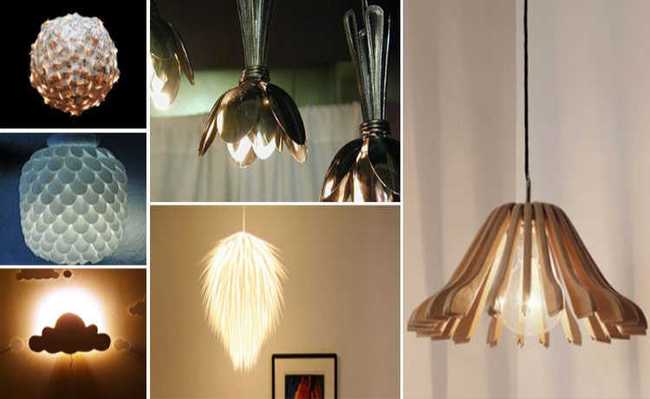Animal known as snake lice produces high quality fertilizer, according to research
Snake louse is effective in waste processing and fertilizer production

Image: Embrapa
The snake or gongolo, animal of the class Diplopod, family Trigoniulid, are more effective than earthworms in recycling organic material and in the production of fertilizer of organic origin (humus), according to research carried out by Embrapa Agrobiologia, in Rio de Janeiro.
Capable of crushing even cardboard, these small animals, also known as maria-coffee and embuá, reduce the volume of waste by up to 70% and generate excellent quality fertilizer, informed the Embrapa News Agency.
Gongcompost, as the natural compost is being called, dispenses with mixtures of coal powder and castor bean cake (organic fertilizer rich in nitrogen) used to improve the texture and nutrient levels of the compost produced by earthworms.
Sugarcane bagasse, corn cob and other residues commonly found on agricultural properties, plus a material rich in nitrogen, such as legumes, can be used in the production of the compost. In the experiments, the gongolos even processed cardboard.
“What we do is gather the dry residues and the gongolo in a confined area so that it doesn't leave and process everything. Once a week it is necessary to check the humidity and, if it is too dry, it is necessary to wet the compost”, explains researcher from Embrapa Maria Elizabeth Correia.
In three months the material is ready for use. But the more the compost is crushed by the gongolos, the better its quality. "When we compared the materials submitted to different processing times, we saw that, in terms of nutrients, there is not much difference, but in seedlings the effect is significant."
There are about eight thousand species of gongolos. Those tested by Embrapa are of the Trigoniulus corallinus species, originally from Southeast Asia and present in several Brazilian regions. According to Maria Elizabeth, most species are capable of crushing raw waste, some with greater efficiency.
Correia adds that the best time of year to collect gongolos is during the rainy season, when they are active and mating.










